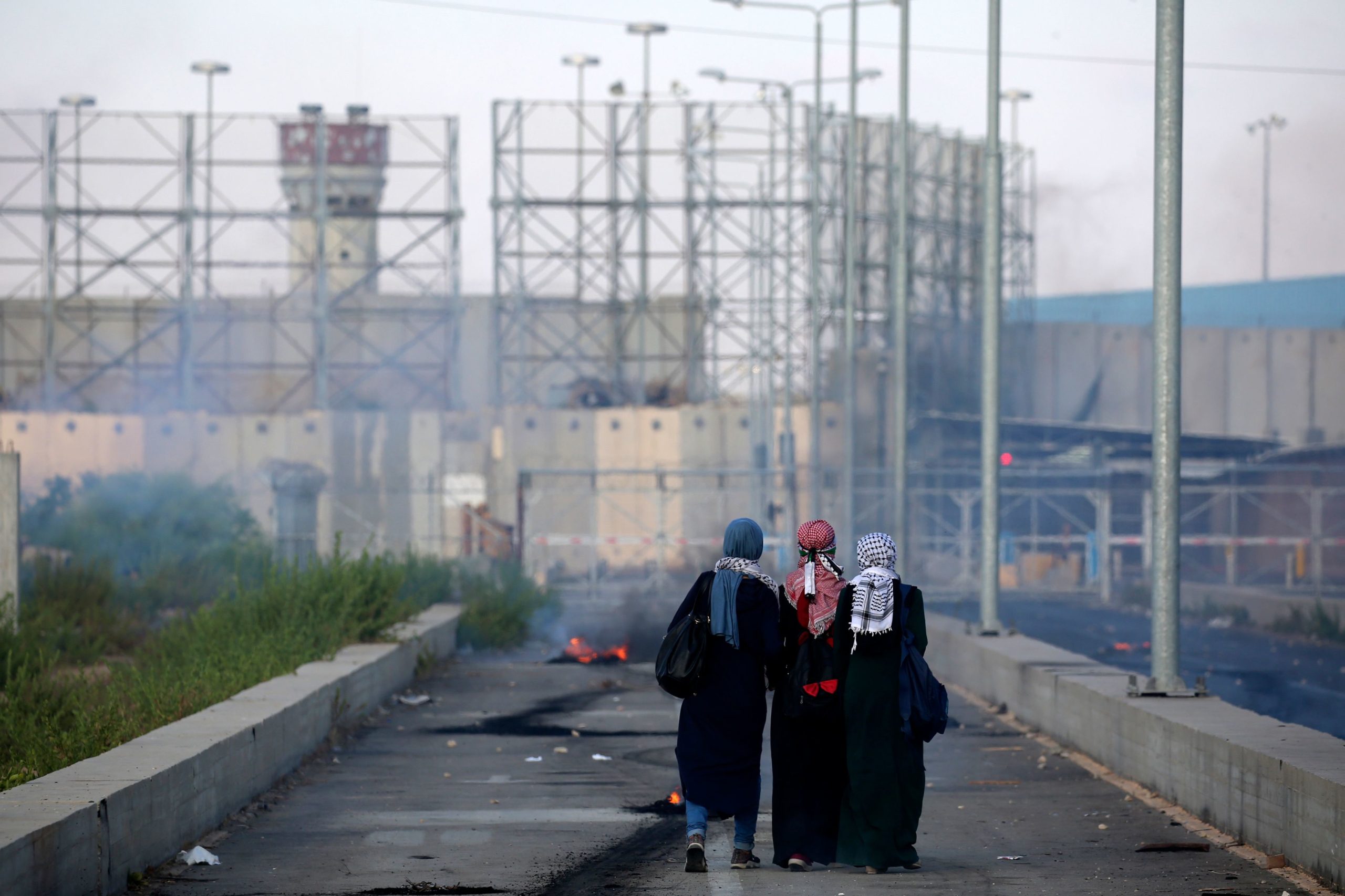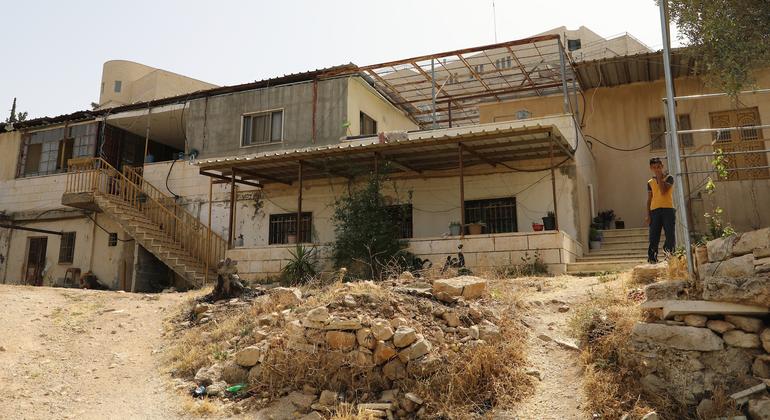I'm trying to back up what I post with links to direct sources, I suppose I could try to reformat what are large font headlines but then they also won't look like headlines and the not very savvy types like rich will assume I'm just upset and using a red font.Ok. But it doesn't have to be in 4000px font size, essentially yelling at me something that I never denied.
The Amnesty video did appear to show four phosphorus shells off to the left side of the video. You're positive those aren't phosphorus?And yet when I pointed out one of your links was fake propaganda and the video wasn't what it purported to be, your response was to argue with me on details but ignore that the video does not show what it claims to.
I don't think their summary is as far off as you argue. Saying that a device's 'primary use' is close to what the CCW says, they just call it 'incidental effects'. That's a tomato/tomato differentiation. The question in this case would be is the use of phosphorus bombs 'primary use' to burn things on the ground or is it 'primarily designed' to as illumination. Is the illumination an 'incidental effect' to burning things and people or is that what its 'primarily designed' to do?The last sentence is the one I'll address. "The protocol defines incendiary weapons as ones 'primarily designed' to set fires and burn people, excluding uses of incendiary weapons for other purposes, including as smokescreens." It's a close summary, but the last bit of it is wrong. It says, "excluding uses of incendiary weapons for other purposes, including as smokescreens." When I read that, it sounds like they are saying the use in the moment determines if a weapon is restricted or not. "Yeah, I'm dropping this napalm, but I'm doing it to make a huge smokescreen". From the Amnesty summary, that seems fine. It's "use" was not incindiary. But that's not actually what the CCW says.
Here is exactly what CCW Article III has to say, verbatim:
"(b) Incendiary weapons do not include:
(i) Munitions which may have incidental incendiary effects, such as illuminants, tracers, smoke or signalling systems;"
I assume you see the difference there? It's subtle, but significant. And because of that, it should give you pause to question Amnesty and HRW. Surely it a peon like me can see the glaring issue, it's been pointed out to them by others. And yet they leave it on their website and in their reports. Why? Because they have an agenda to push. And while I don't necessarily disagree with their agenda, I go back to what I said to you about pushing fake propaganda. I personally tend to give very little attention to either organization because of stuff like this.
Can you find a legit source that backs up your claim that white phosphorus is not considered incendiary? And in airburst?Anyway.....
White phos is primarily an illuminant and a smoke system and only has incidental incindiary effects. Militaires have deployed it as an incindiary, but they used weapons designed for smoke and illumination to do so only relying on this incidental effect. No munitions manufacturer produces a white phos munition that is explicitly an incindiary because it actually performs very poorly when compared to other incindiaries. Therefore under CCW Article III, it is not an incindiary. It doesn't matter what "use" it's employed for, it does not meet the criteria for incendiary munitions. Article I is non-detectible fragments, article II is mines and booby traps, IV is blinding lasers, V is explosive remnants of war. It falls under none of those categories either. It's also non-nuclear, so it doesn't fall under any of those treaties. You can go through the chemical weapons convention if you want, but you'll want to look at Article II paras 1, 2, and 9(c) for why white phos doesn't fit there either. If you know of other conventions regarding classifications of munitions and limiting their use, I'm all ears.
White phos is a conventional munition with no specific restrictions in the laws of war including the CCW and the CWC. It's use is governed solely by Hague, Geneva and Rome.
Both HRW and Amnesty say it is. As far as I know there is no official ruling, so you can claim it isn't but it isn't but there is nothing to back claim up.
Though HRW says there are loopholes and have been campaigning to have it reclassified on 'effect' as compared to 'primary design'. Otherwise you can drop it on people and claim you were using for its primary designed purpose to just light them up.
There was a 2013 Israeli ruling on Israel's use in 2008, where Israel promised they wouldn't use it again in populated areas. Goldstone also reported that Israel was using it on populated areas.
Even if, as you argue, its a poor choice as an incendiary weapon that doesn't mean when its not behaving like an incendiary weapon when you drop it on people's homes.










